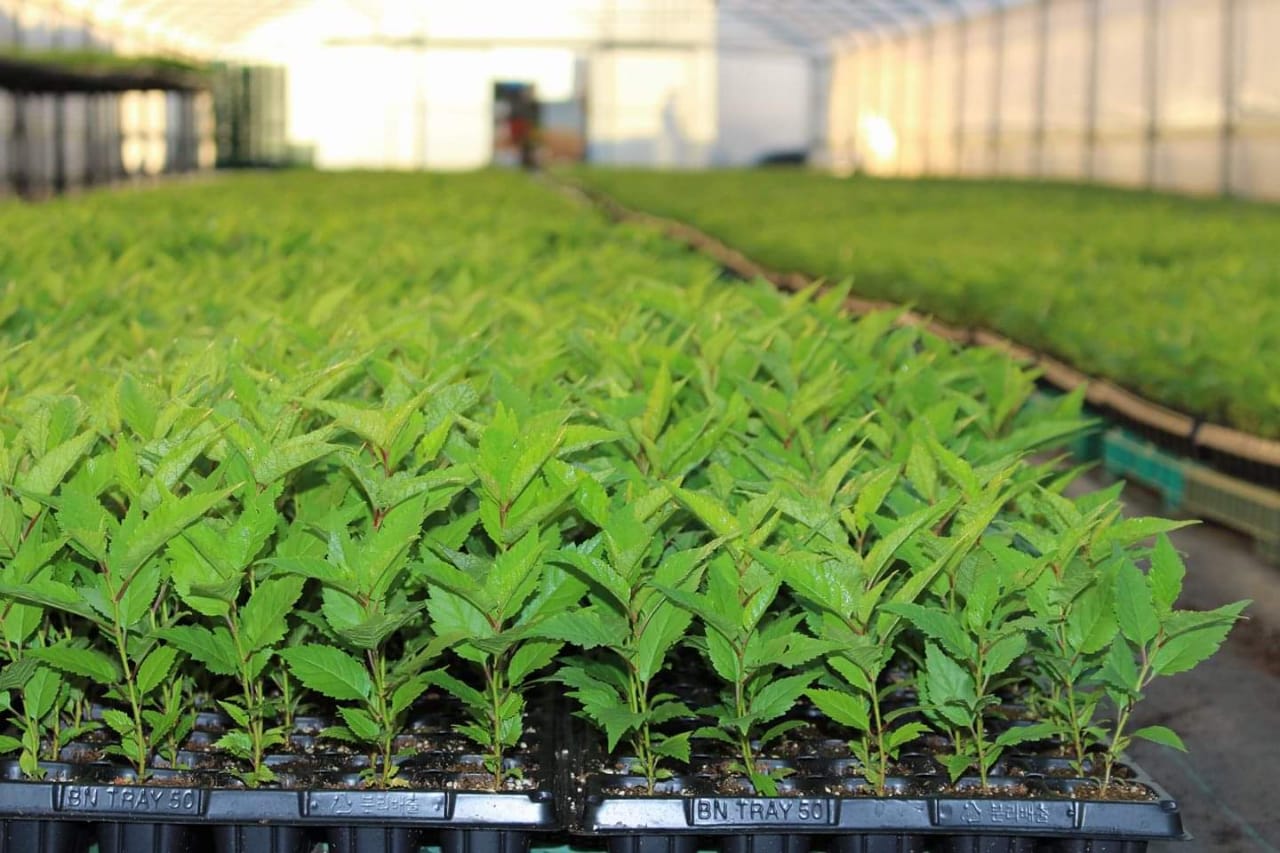Zinman (2010) finds that residents of states that relocated to limit pay day loans are prone to jump checks following the ban. Melzer and Morgan (2009) discover comparable outcomes for overdraft cost earnings at banking institutions, and Morgan, stress, and Seblani (2012) realize that payday loan bans trigger increased overdraft charge income and more came back checks. However, Campbell, Martinez-Jerez, and Tufano (2012) discover that a cash advance ban in Georgia resulted in a decrease in involuntary checking-account closures, an results that are closely related to bouncing a lot of checks. Galperin and Weaver (2014) locate a result that is similar making use of refund expectation loans (RALs)—bans on pay day loans result in a decrease within the utilization of RALs, which implies that the 2 items are complements.
Hence, the literature that is current a somewhat conflicting view for the union between payday advances along with other AFS credit merchandise.
In specific, proof exists that people turn to pawnshop loans as complements to payday advances (at minimum in states that let rollovers). Some studies suggest, however, that consumers turn to other forms of high-interest credit (for example, overdrafts and bounced checks) when they lose access to payday loans, while other research suggests the opposite on the other hand. Continue reading “Proof regarding the union between cash advance and use that is overdraft likewise mixed”


 Contáctanos vía WhatsApp
Contáctanos vía WhatsApp